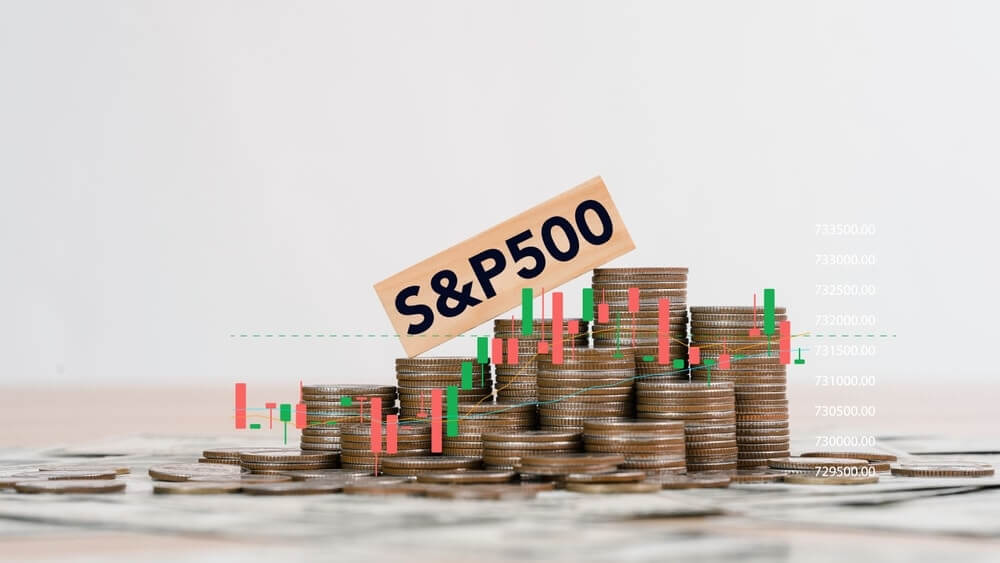In a year marked by market volatility and shifting economic landscapes, the allure of high-dividend stocks has led investors to reconsider their strategies. A recent analysis by Investor’s Business Daily highlights a cautionary tale of seven S&P 500 stocks, boasting impressive dividend yields of 5.5% or higher, which have experienced significant declines in their stock prices. These setbacks have effectively erased the allure of their substantial dividends, emphasizing the inherent risks of chasing high yields.
Dividend Yield and Stock Price Discrepancy
Among the notable companies grappling with this trend are consumer staple giant Walgreens Boots Alliance (WBA), Crown Castle (CCI), and Verizon (VZ). The plummeting stock prices of these firms have caused their annual dividends to lose their value, raising concerns about the sustainability of such investments.
This scenario serves as a stark reminder of the potential pitfalls that accompany the pursuit of high-yield dividend stocks, particularly in an environment where interest rates are on the rise. Misjudging the stability and growth potential of these stocks can lead to the swift evaporation of expected yearly income, leaving investors with diminished returns.
Analyst Ratings Reflect Uncertainty
Compounding these concerns is the fact that all seven stocks in question have been rated as “hold” or lower by analysts, casting doubt on their future performance. This lackluster endorsement further highlights the uncertainty surrounding their ability to recover and deliver consistent returns to investors.
Chasing Yield in an Evolving Market
While the allure of generous dividends can be enticing, experts caution against underestimating the market dynamics that can impact these investments. The ongoing evolution of industries and the emergence of disruptive forces, such as online retail giants like Amazon.com (AMZN), can swiftly erode the stability and profitability of seemingly secure sectors.
Walgreens Boots Alliance, for instance, boasts an enticing 7.6% dividend yield due to its foothold in the relatively stable drugstore and pharmacy business. However, the company’s stock has plunged 33% this year, resulting in a total loss of 25.4% even when factoring in the substantial dividend.
Crown Castle, operating in the realm of wireless cell towers and fiber optics cables, presents a similar cautionary tale. Despite offering a 6.3% dividend yield, the company’s stock has plummeted 26.4% this year, translating to a total loss of over 20%. Analysts also foresee challenges to the company’s stability, projecting a 6.2% drop in adjusted profit per share in 2023 and an additional 10% decrease in 2024.
Experts Sound the Alarm
Analysts are sounding the alarm on the perils of prioritizing dividends over growth potential. Morningstar U.S. Market Strategist Dave Sekera highlights the importance of considering a company’s growth trajectory alongside its dividend yield. Stocks like International Business Machines (IBM) and Seagate Technology (STX), both boasting significant yields of 4.6% and 4.3% respectively, fail to showcase robust growth prospects.
Sekera emphasizes, “I’d rather invest in stocks with a better growth profile even if it offered a lower dividend.” This sentiment underscores the need for a balanced approach that aligns with both short-term income goals and long-term growth aspirations.
In a landscape where market shifts and external pressures can rapidly impact stock performance, investors are being reminded to exercise caution when chasing after high-dividend yields. The recent examples of these seven S&P 500 stocks serve as a cautionary tale, highlighting the need for a comprehensive evaluation of both dividend potential and a company’s ability to weather the evolving market landscape.











